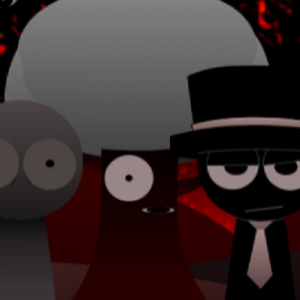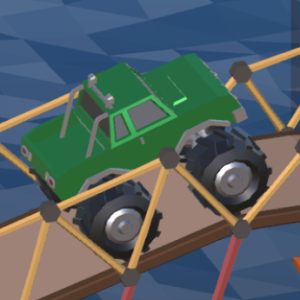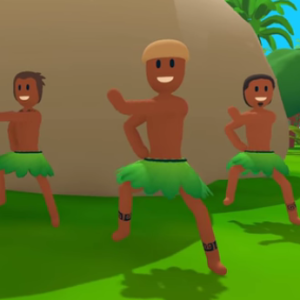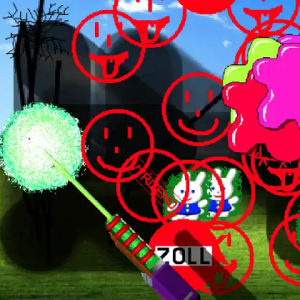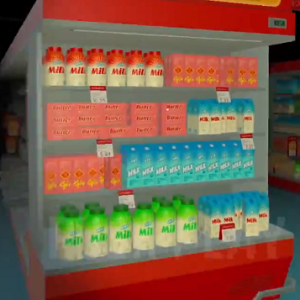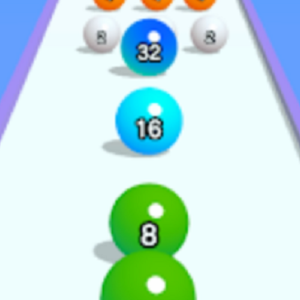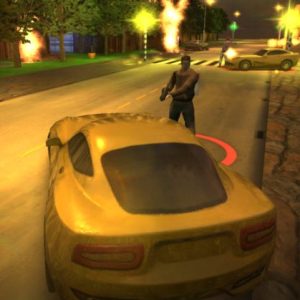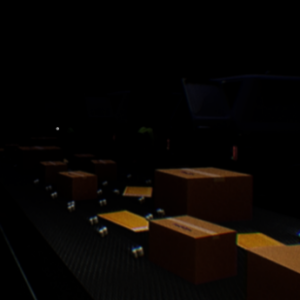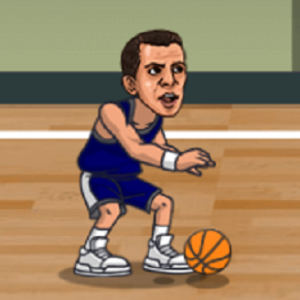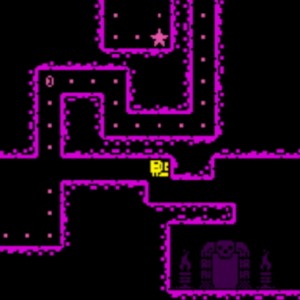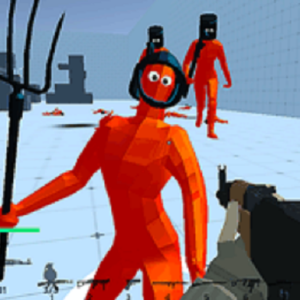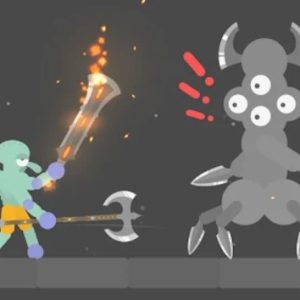Similiar games
Sprunki Wenda Treatment Cocrea presents a new approach to generative sound interaction by introducing shared dynamics between user input and system behavior. This version removes expectations of repetition and instead focuses on emergent variation. Players are given the same familiar interface, but with altered rules—loops that respond not just to placement, but to environmental density, past history, and timing. As a result, compositions become more unstable, yet expressive, creating a space where music and motion drift together.
Temporal Influence And Spatial Sound
The defining change in Sprunki Wenda Treatment Cocrea is how sound now relates to time and space within the grid. Each figure not only plays a sound loop but also interacts with the loops around it, bending their pitch, shortening their duration, or silencing them completely. These effects don’t occur immediately; instead, they phase in gradually. The longer a character stays active, the more it begins to influence the grid around it. This introduces a pacing element that makes each session feel like an evolving structure rather than a fixed arrangement.
Core Tools And Altered Systems
The game introduces several features that distinguish this version from previous ones. It’s not about increasing control but shifting the way control works, turning each decision into part of a larger system reaction.
Main features include:
- Grid memory that influences how new placements behave
- Evolving loops that change tone or timing the longer they’re active
- Zone-based interference between characters on the same row or column
- Adjustable delay sliders for asynchronous layering
- Co-op mode where two users can build and dismantle loops in shared time
These additions push the player toward ongoing refinement, rather than completion.
Co-Creation Through Deconstruction
The collaborative layer in Sprunki Wenda Treatment Cocrea is designed not just for building but also for breaking patterns. Players can override one another’s inputs, shift visual patterns together, or allow silence to shape the experience. The result is not a track in the traditional sense but a live conversation between system and player(s), where outcomes emerge through disruption and revision.
Sprunki Wenda Treatment Cocrea emphasizes incomplete form. It challenges the player to rethink success as process rather than result. In this way, the game encourages exploration of interaction itself—how touch, sound, delay, and rhythm come together not to form a product, but to reveal a system constantly in motion.


